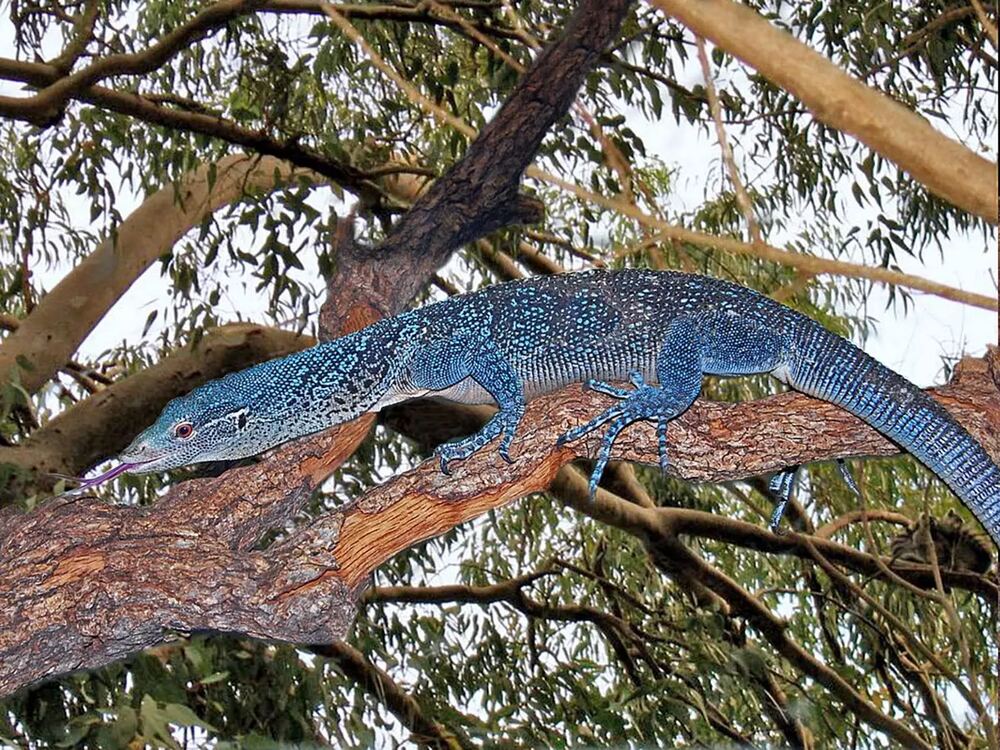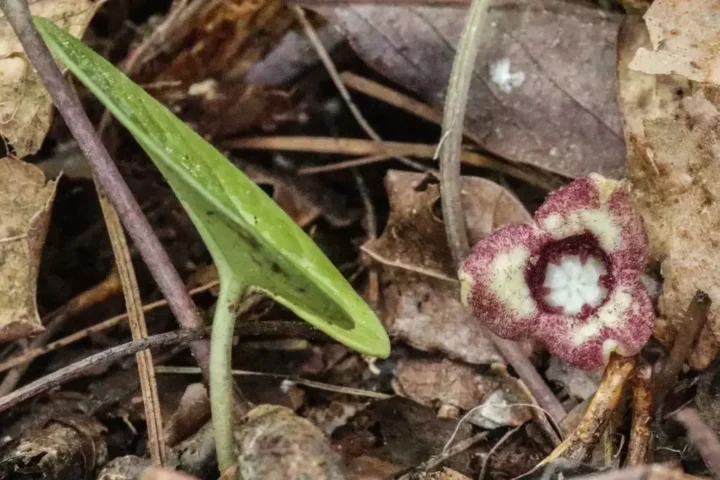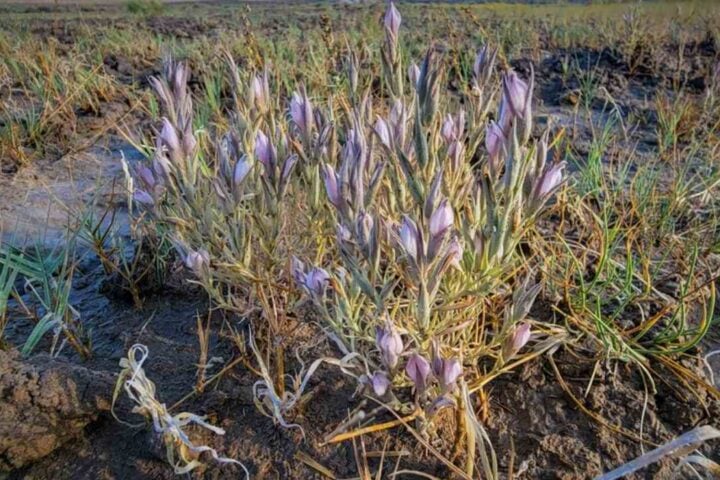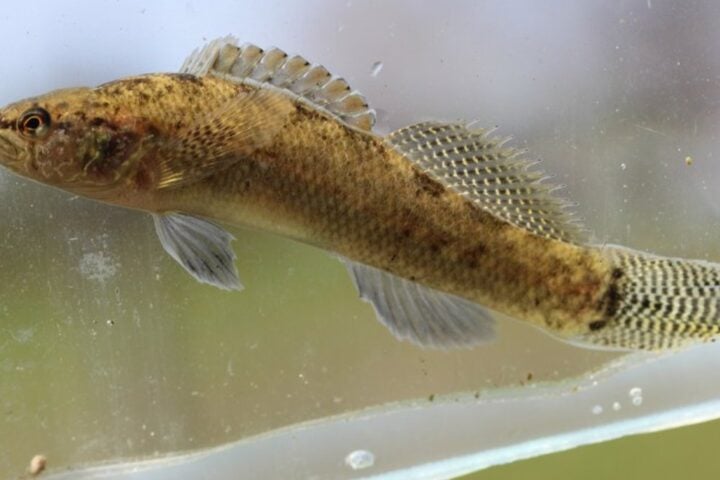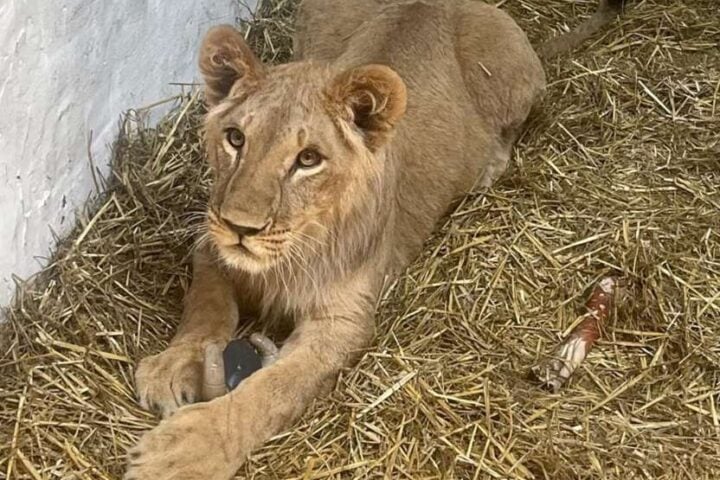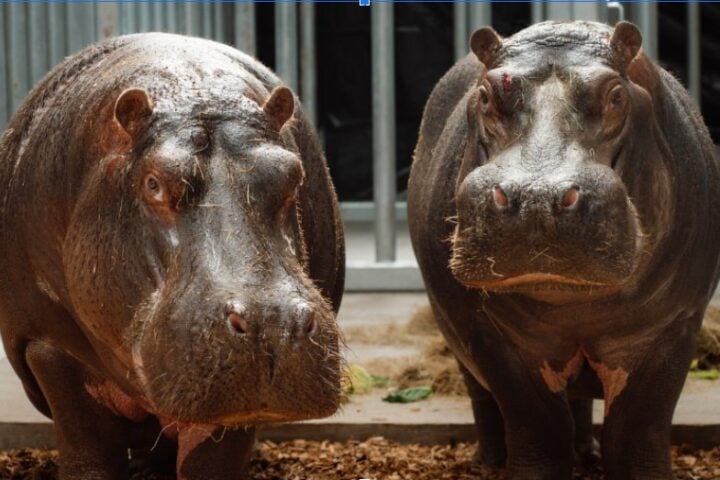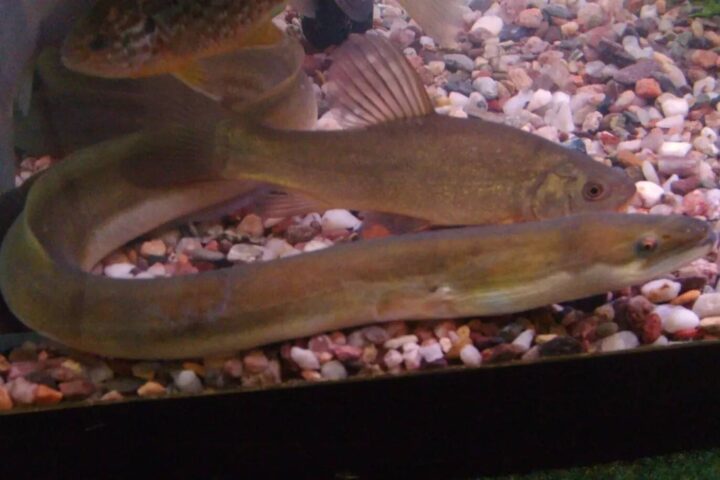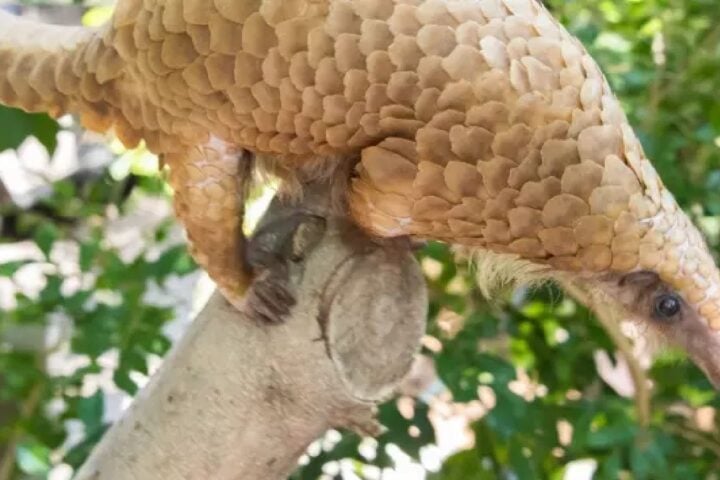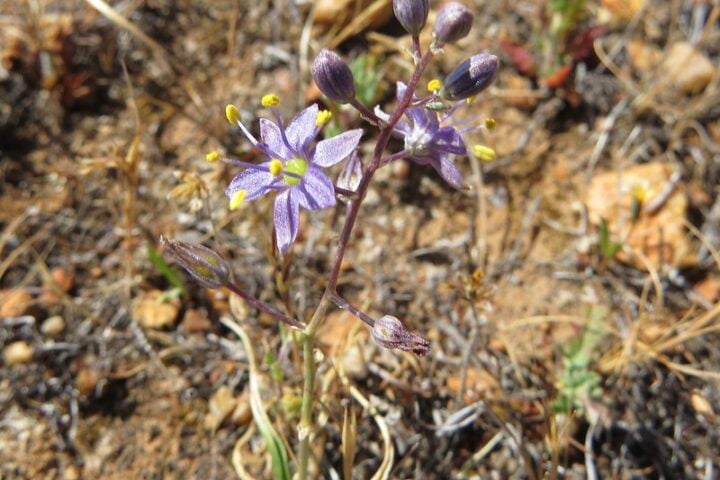Federal wildlife officials have taken unprecedented emergency action to protect the blue tree monitor, a rare lizard species found only on a small Indonesian island, from extinction. The U.S. Fish and Wildlife Service announced the species will receive immediate endangered status protection for 240 days, marking an unusual step to safeguard a foreign species.
The decision comes as the pet trade threatens the survival of this distinctive lizard, native to Batanta, a remote island in Indonesia’s Raja Ampat archipelago. U.S. import numbers reveal a sharp spike in blue tree monitor trafficking, with 153 individuals entering the country in 2023 – more than double the previous annual average.
“Protecting the blue tree monitor under federal law is critical to preserving this endangered species by addressing wildlife trafficking and supporting conservation efforts,” said Jake Li, U.S. Fish and Wildlife Service Ecological Services Assistant Director.
The emergency listing activates immediate federal protections under the Endangered Species Act. While current pet owners can keep their legally acquired lizards, the new status prohibits buying, selling, or any commercial activity involving the species.
Beyond the pet trade, the lizard faces mounting pressure from habitat destruction. Deforestation and illegal logging continue to shrink its already limited range on Batanta Island, creating a two-pronged threat to its survival.
Similar Posts
The situation is complicated by apparent exploitation of existing protections. While Indonesian law only permits export of captive-bred specimens with proper documentation, officials believe many wild-caught lizards enter the pet trade under false claims of being captive-bred.
The emergency protection will remain in place for 240 days while officials work on establishing permanent endangered status for the species. The Fish and Wildlife Service has opened a 60-day public comment period on the proposed permanent listing, running through February 24, 2025.
Current blue tree monitor owners need not surrender their pets but must follow new restrictions. The emergency listing specifically prohibits using the lizards for commercial purposes, including buying, selling, or facilitating such transactions. Museums and similar cultural organizations may continue displaying the species under specific exemptions.
The blue tree monitor will maintain its existing protections under the Convention on International Trade in Endangered Species of Wild Fauna and Flora (CITES) as an Appendix II species, regardless of its final status under U.S. law.
Public comments on the permanent endangered species listing can be submitted through www.regulations.gov under docket number FWS–HQ–ES–2023–0033.
